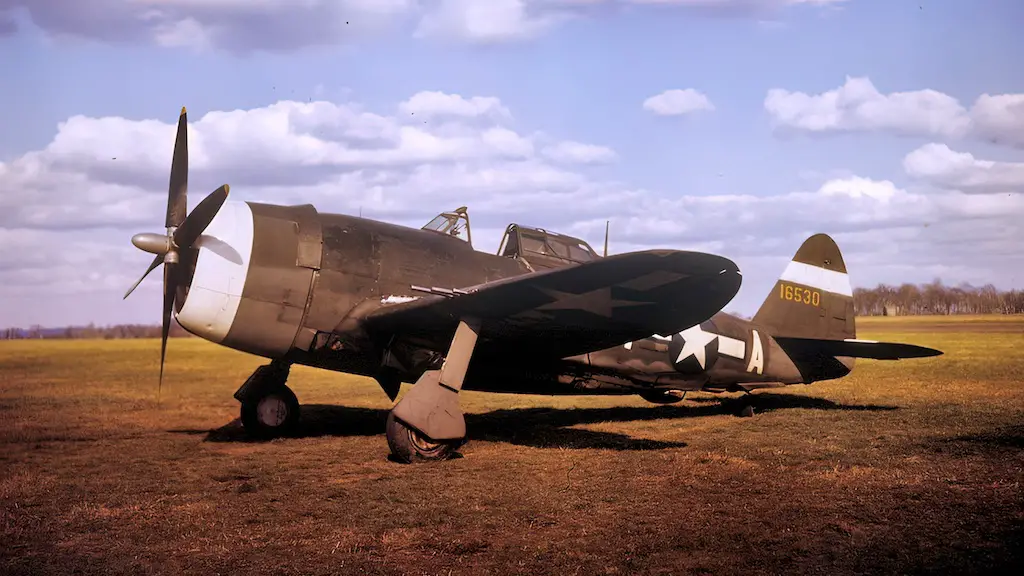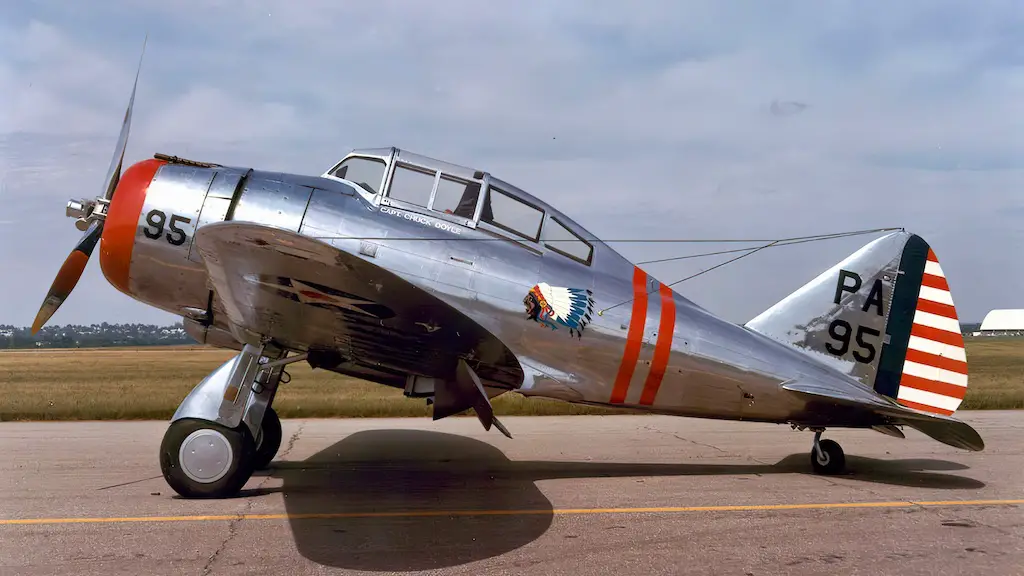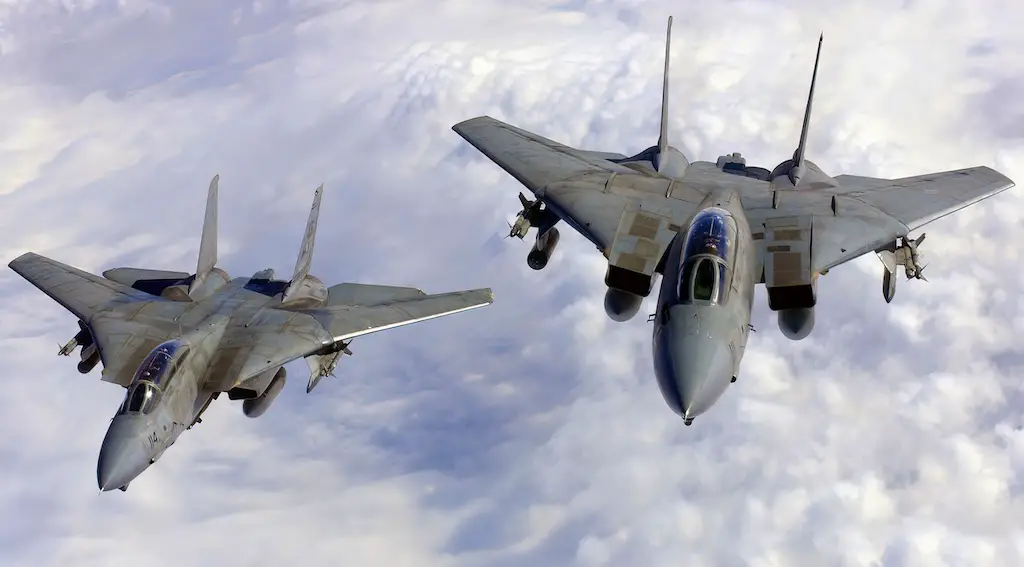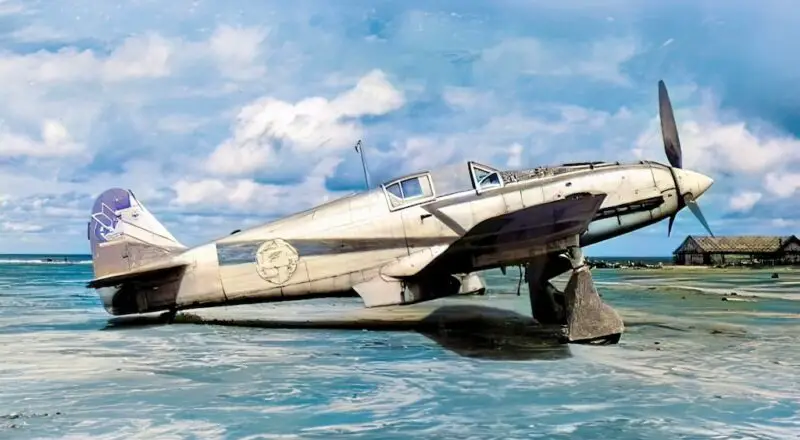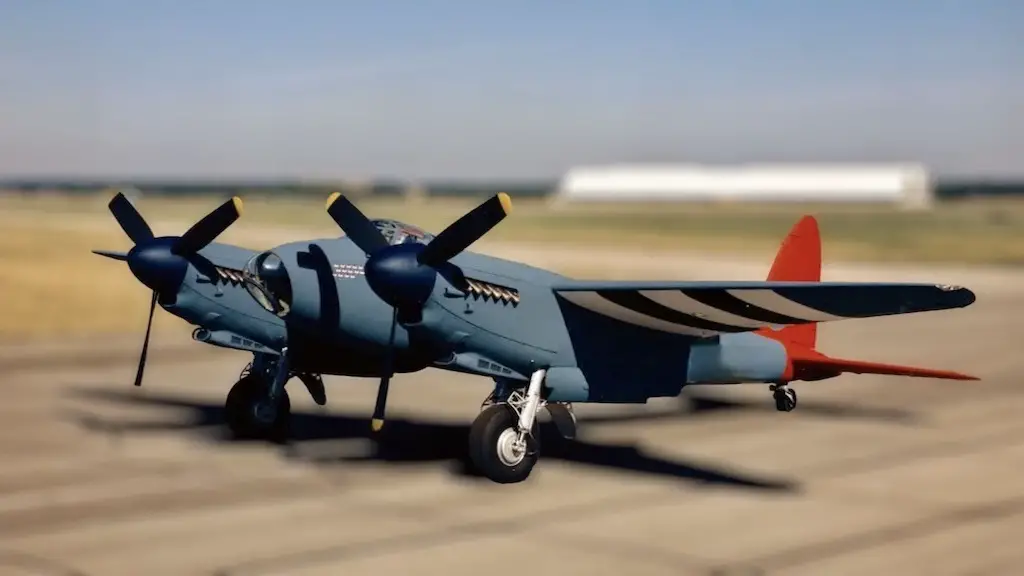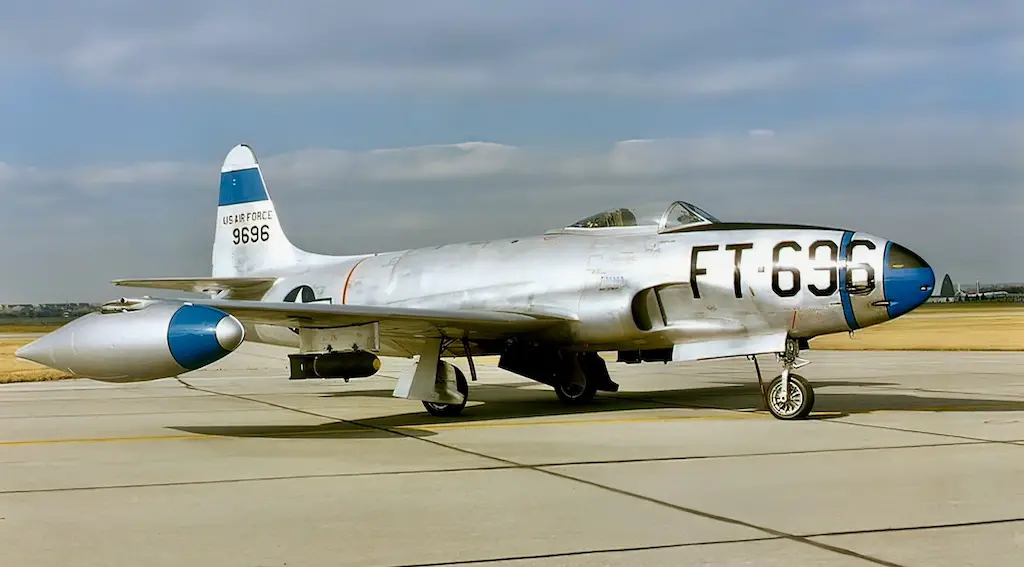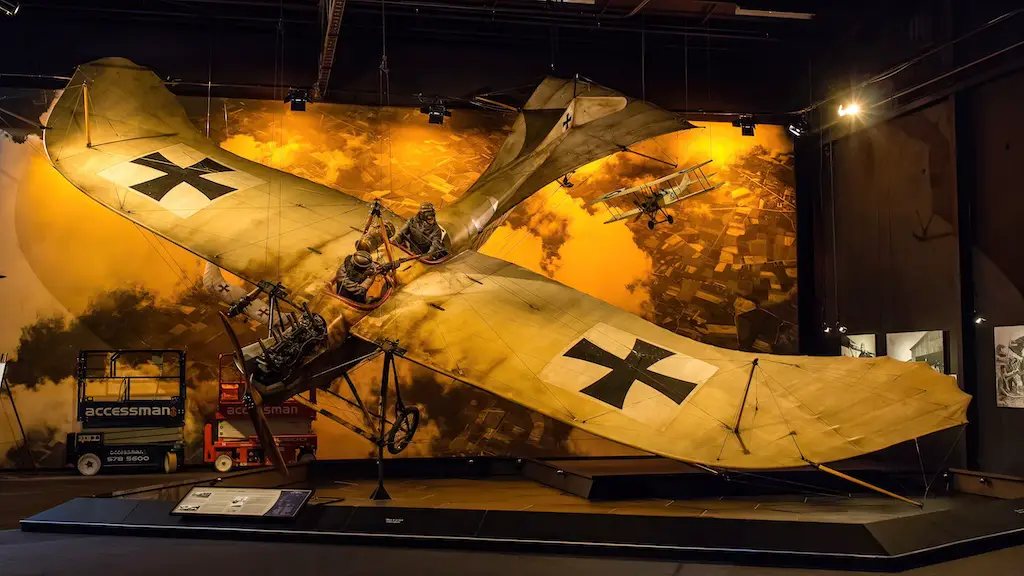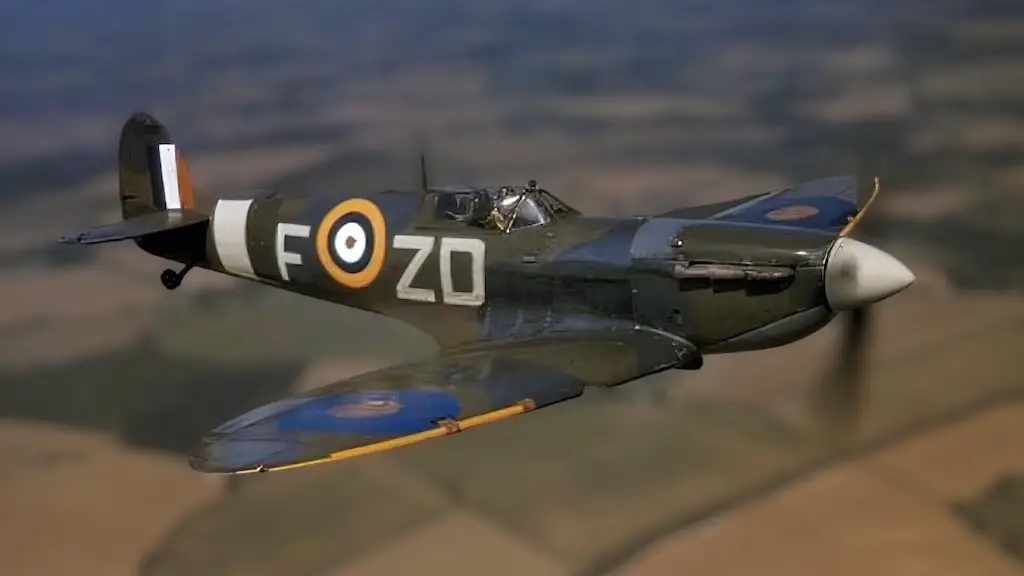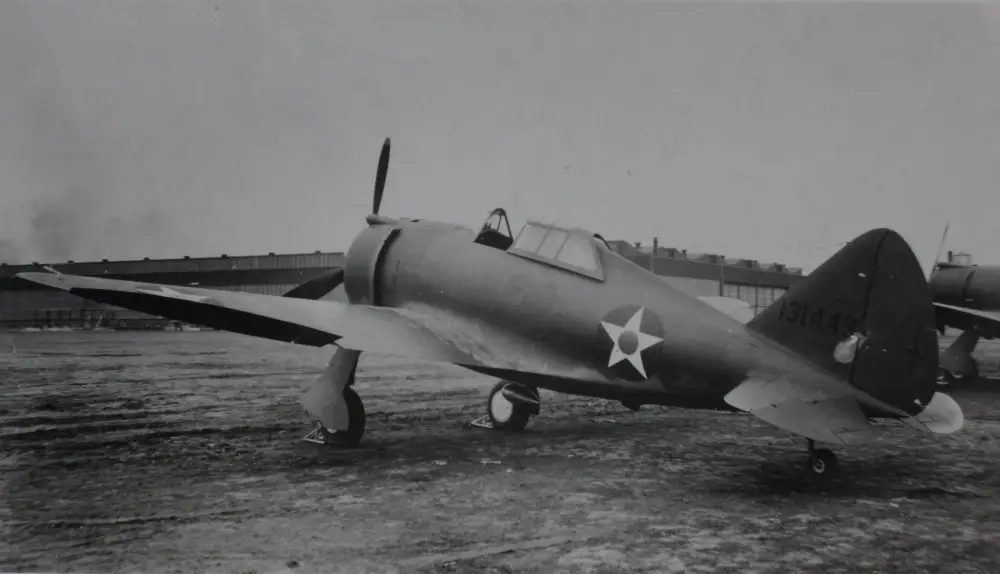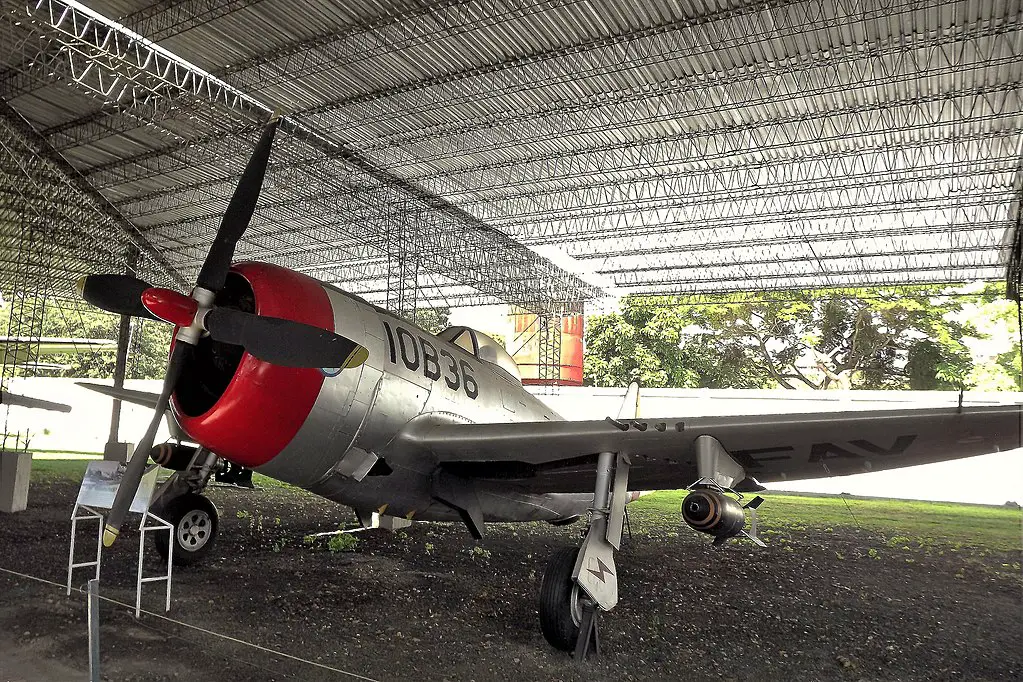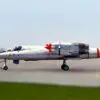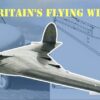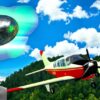From P-35 to P-47 Thunderbolt
In the history of aviation, certain aircraft lay the groundwork for something far more revolutionary. Such is the story of the Seversky P-35. A direct predecessor to the P-43, both planes filled a niche that would soon be overtaken by the legendary P-47 Thunderbolt. In understanding the lineage, it’s crucial to explore the nuances of the P-35, diving deep into its heart, design, and purpose.
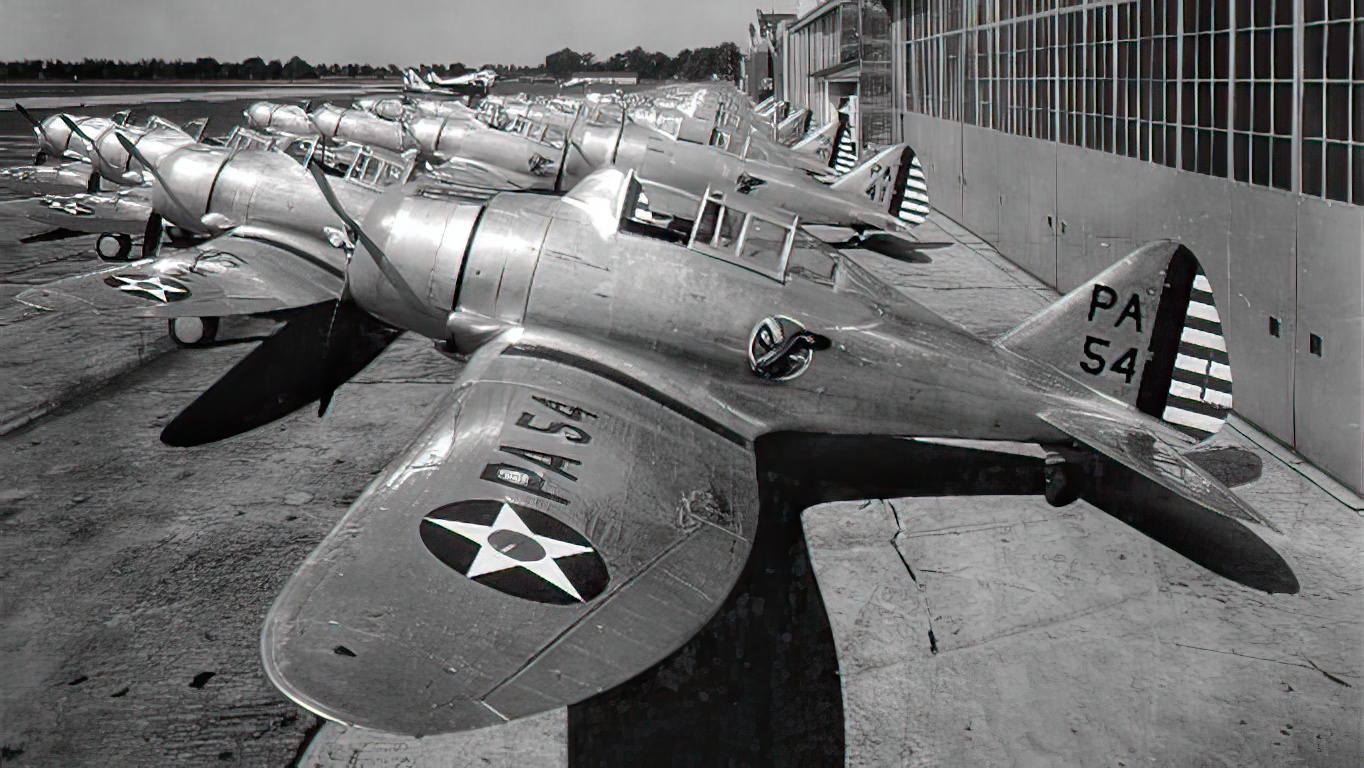
The Birth of the P-35
The 1930s saw the rapid evolution of aircraft. Amidst this wave of innovation, Alexander P. de Seversky, a Russian immigrant and World War I ace, played a pivotal role in shaping American fighter designs. He founded the Seversky Aircraft Corporation, which, in 1935, won a contract to produce the U.S. Army Air Corps’ next pursuit plane. The P-35 emerged from this partnership—a trailblazing aircraft with an all-metal design, retractable landing gear, and enclosed cockpit.
The P-35 was a standout, but it emerged in an era of rapid advancement. By the time it was fully operational, it found itself side by side with even more modern designs. Yet, its foundational concepts paved the way for successors that would dominate the skies.
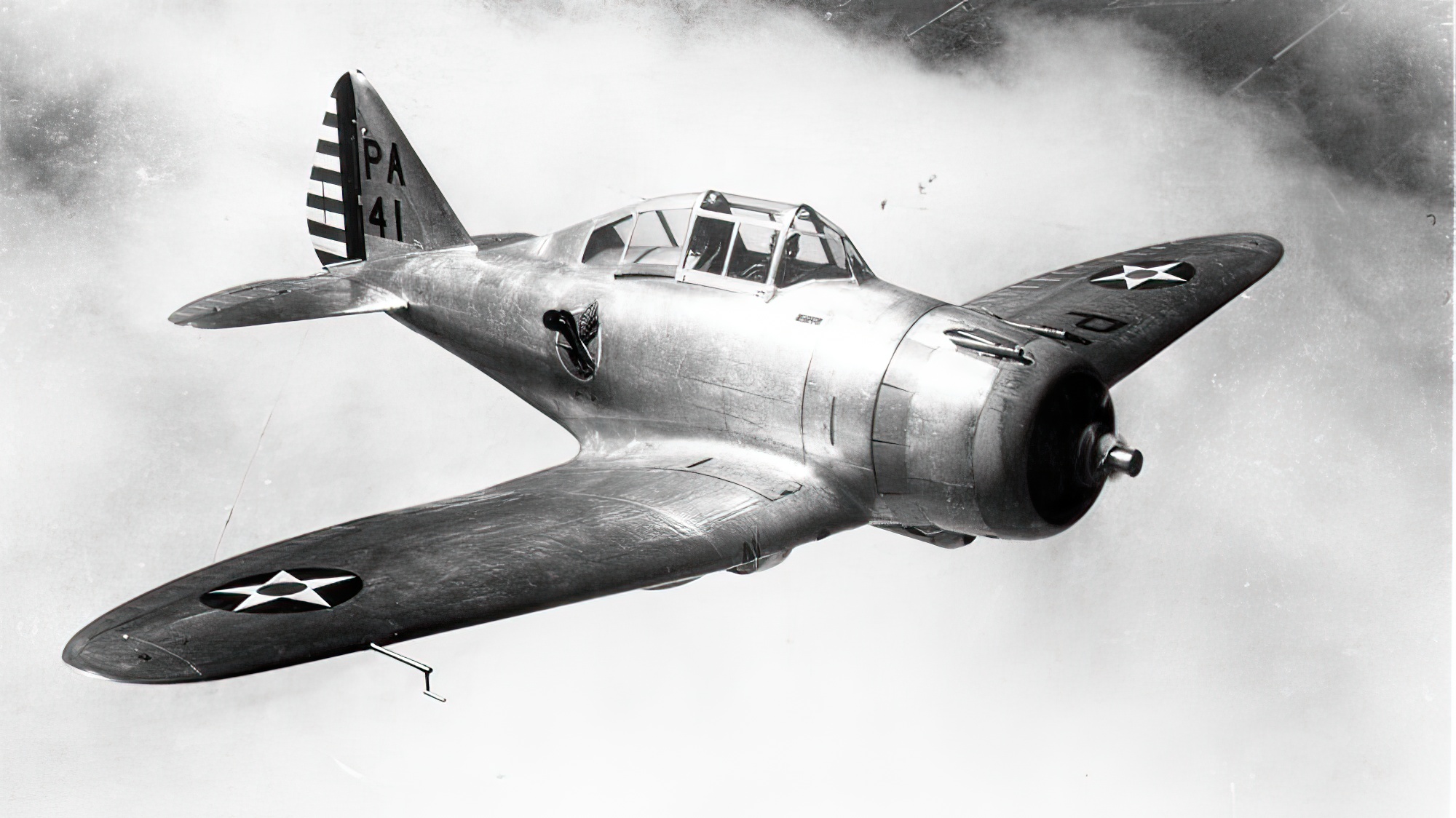
The R-1830 Twin Wasp Engine
Underneath its metallic frame, the P-35 housed the Pratt & Whitney R-1830 Twin Wasp radial engine. With a horsepower of 1,050, it propelled the aircraft to speeds unheard of in its time. This engine was a true testament to the capabilities of American engineering. Yet, as with every component, it had its limitations. While the engine was formidable, it became clear that the future would demand even more power and efficiency.
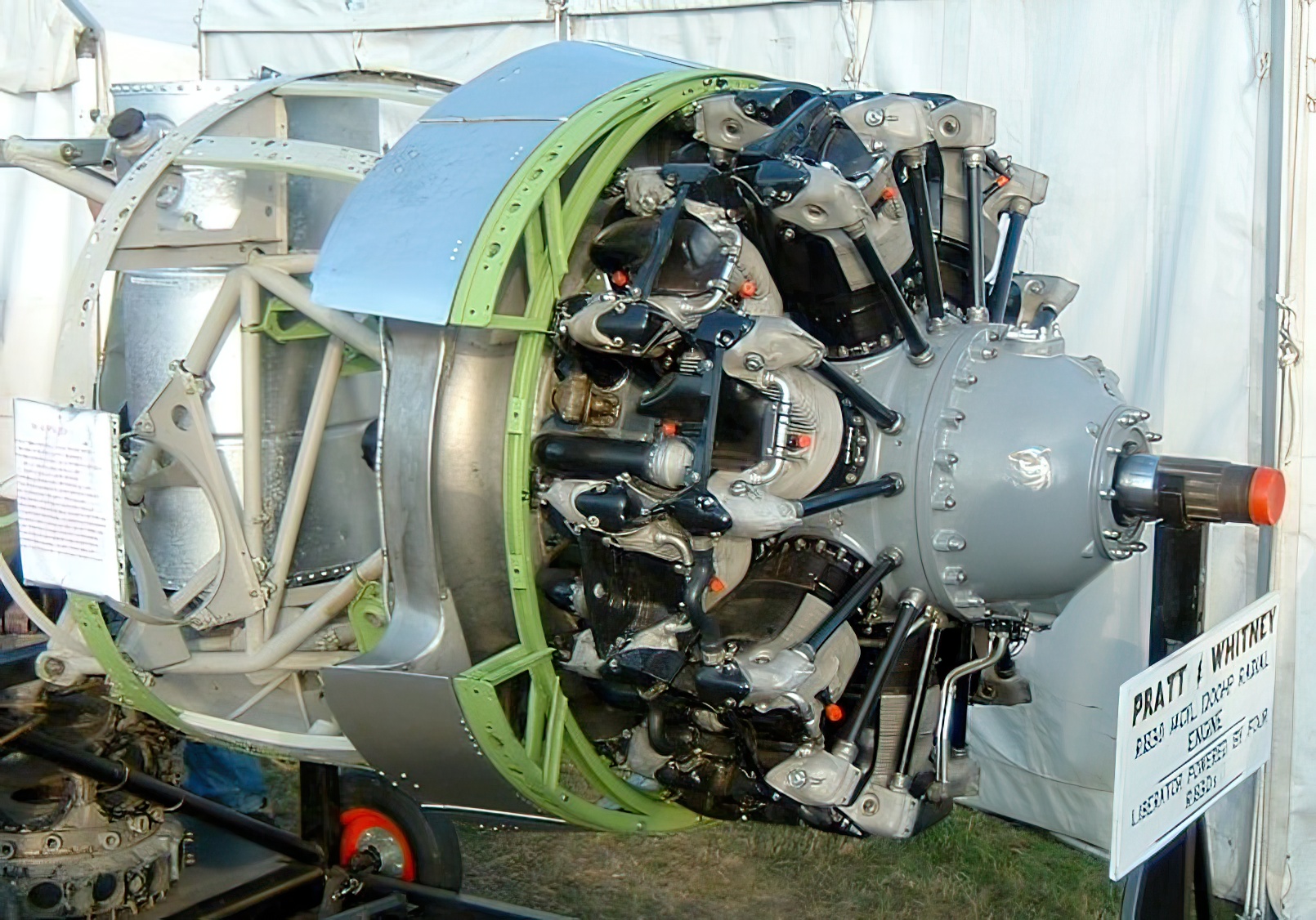
Flight Characteristics & Performance
In flight, the P-35 displayed agility and reliability. Capable of reaching a top speed of 282 mph, it had an impressive range of 1,150 miles. Its wing design provided stability, making it a reliable choice for pilots. But while it outperformed many of its contemporaries, it soon became evident that the global stage of aviation was changing. The onset of World War II brought designs that demanded even more speed, altitude, and maneuverability.
Packing a Punch
The P-35 came well-equipped for air combat, boasting two 0.30 in M1919 Browning machine guns and a pair of more formidable 0.50 in Browning M2/AN machine guns. With the capability to carry up to 350 lb (160 kg) of bombs, the P-35 could also pack a punch against ground targets. However, as aerial warfare techniques evolved, the rising needs for more sophisticated armament and diverse roles highlighted the direction future fighter designs would take.
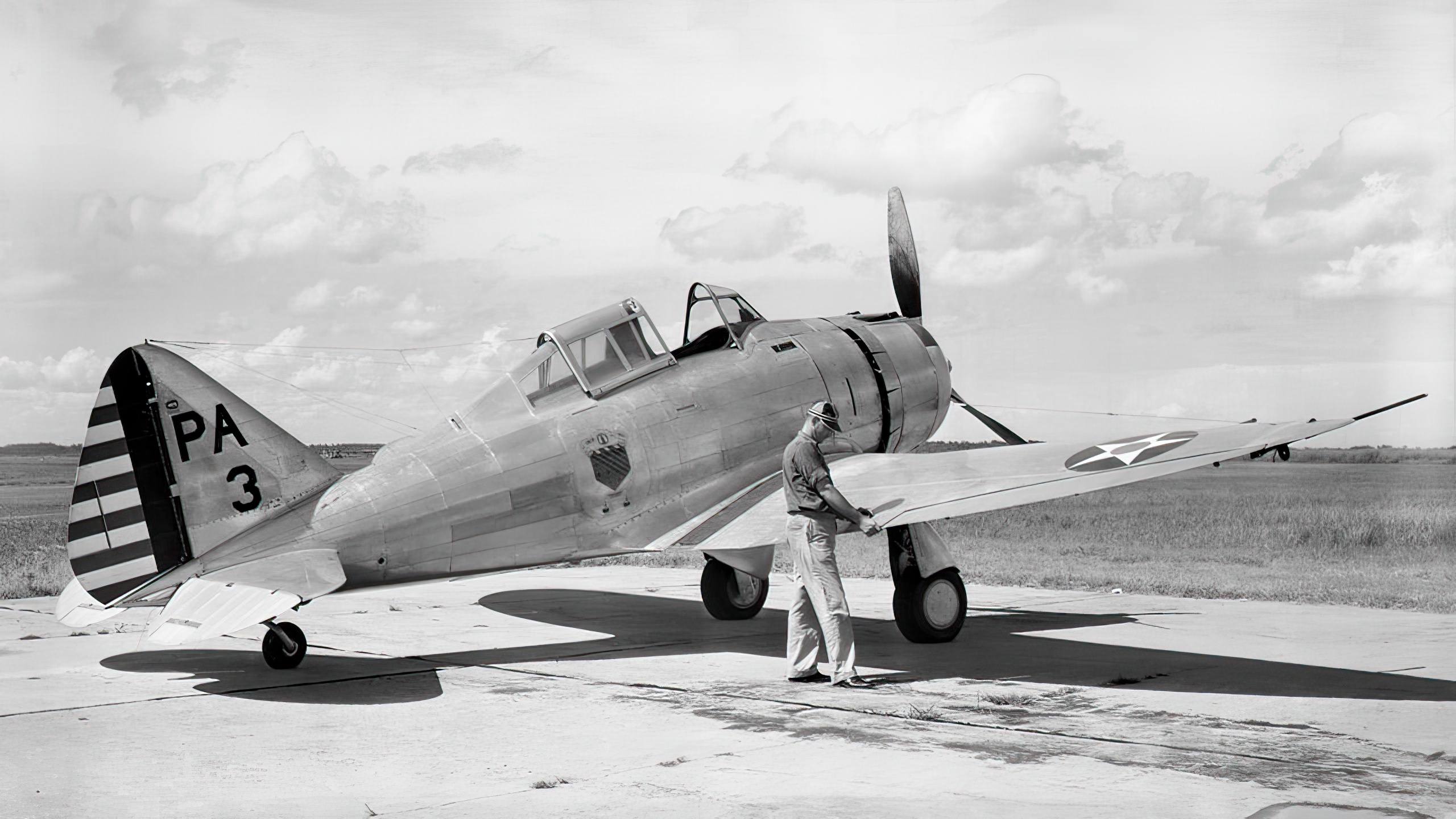
In the Skies of Battle
As the clouds of World War II began to gather, the P-35 found its role in the theatre of aerial combat. However, its operational history, albeit significant, was shorter than many of its contemporaries.
The United States Army Air Corps (USAAC) was the first to adopt the P-35, with the first orders placed in 1937. By 1938, the first batch was already assigned to the 1st Pursuit Group based in Selfridge Field, Michigan. While the aircraft introduced new technical capabilities to the USAAC, its operational window with the U.S. was relatively limited, primarily due to rapid advancements in aircraft technology and the emergence of superior designs.
Internationally, the P-35 saw more extensive use. The Swedish Air Force, known for its neutrality but always ready for defense, acquired a modified version of the aircraft, termed the EP-1. As the winds of war swept across Europe, these planes took on a crucial defensive role, though they never engaged in direct combat. The EP-1s showcased the adaptability of the P-35 design, with winterized features and custom modifications to fit the unique demands of the Swedish climate and tactical doctrine.
In the Pacific theatre, the P-35 faced direct combat. Stationed in the Philippines when the Japanese attacked in 1941, they engaged in desperate dogfights. Despite the pilots’ courage and determination, the P-35s were at a disadvantage against the more advanced Japanese aircraft. Many were destroyed on the ground, while others met their fate in the skies above the Pacific. These battles underscored the aircraft’s vulnerabilities but also highlighted the bravery of the pilots who did their best under challenging circumstances.
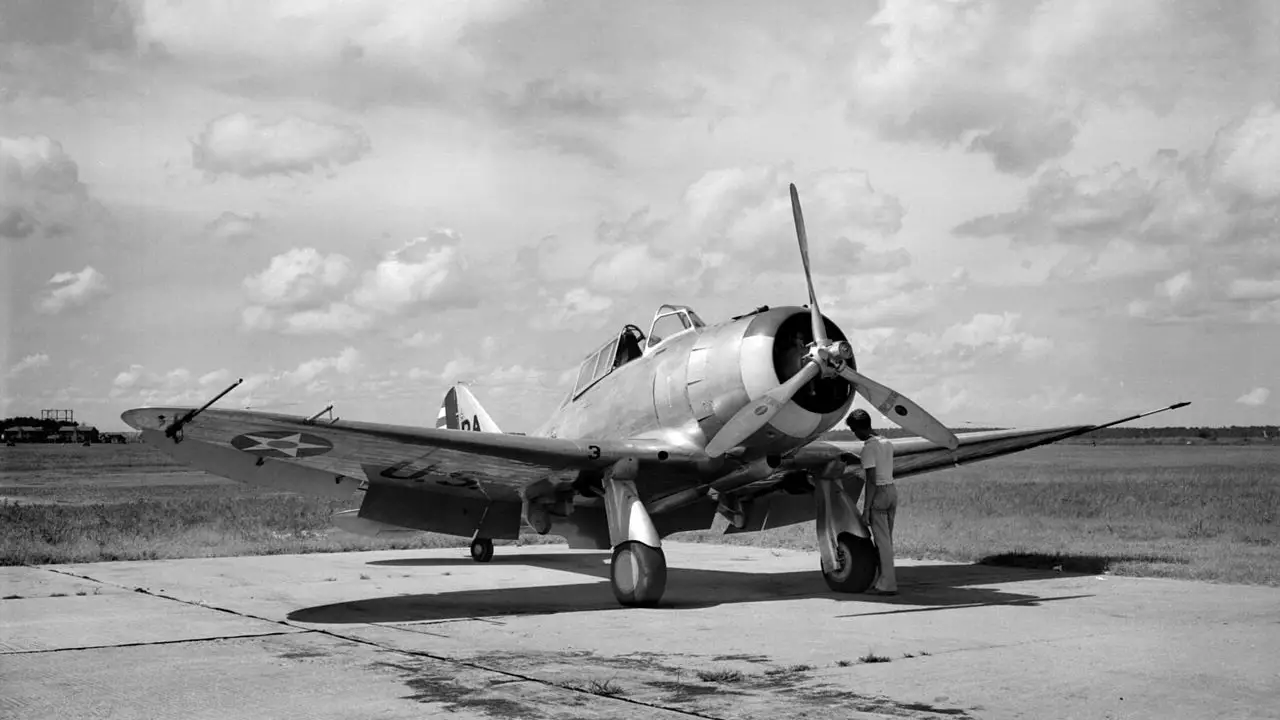
The P-35’s Limitations and the Rise of the P-47
The P-35 had its moments of glory, but it also had shortcomings. Its engine, while impressive, was soon overshadowed by more powerful alternatives. The armament was formidable but not sufficient to dominate the evolving battlefield. These limitations, combined with a rapidly changing global scenario, paved the way for the P-47 Thunderbolt.
The P-47 emerged as a behemoth, addressing the limitations of its predecessors. With a more powerful engine, heavier armament, and advanced systems, it was clear why the Thunderbolt stole the spotlight. However, the P-35 remains an essential chapter in the story of American aviation, bridging the gap between early innovations and wartime dominators.
